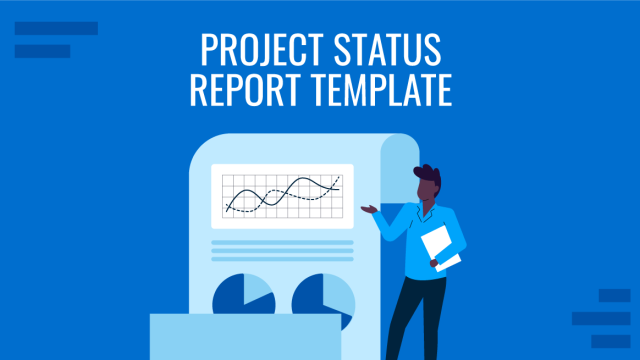
How to Build a Project Status Report Template: Complete Guide
Project status reports provide timely insights into project progress. Here are practical tips and a one-pager template for concise updates.

How to Create a Winning Sales Plan Presentation
Gain support for your sales plan by thoughtfully crafting presentation materials. Get some tips, examples, and presentation templates.
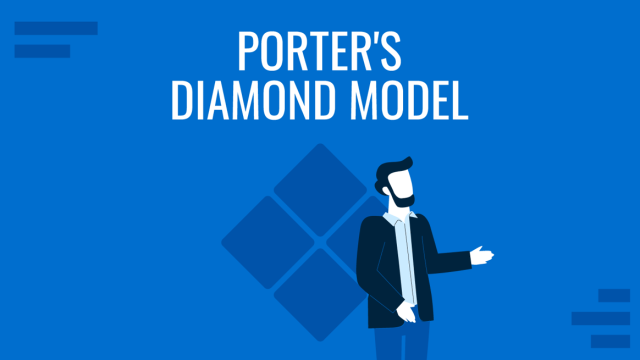
Porter’s Diamond Model: An Essential Guide for Global Achievement
Explore Porter’s Diamond Model and discover the factors that can shape your business strategies and success in the global arena.
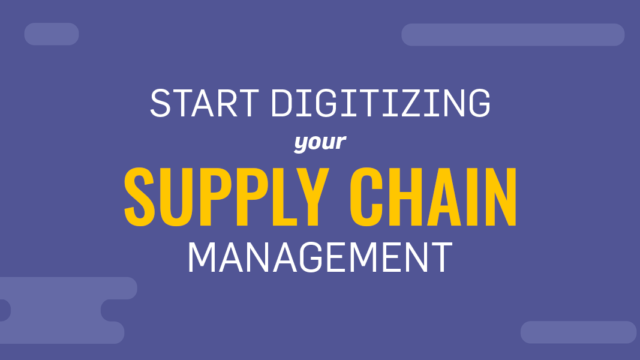
How to Start Digitizing Your Supply Chain Management
New technological innovations are disrupting every major business sector, and every business process out there. Supply chain management is no exception. Supply chains are becoming more complex, and yet they are still mostly managed using “old-school” methods – manually and with the help of internal proprietary tools. That’s problematic because customers now demand goods and […]
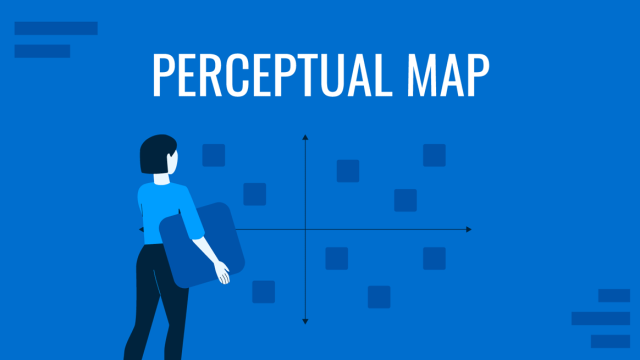
How to Create A Perceptual Map: Unveiling Competitive Landscapes
Acquiring awareness of the marketplace and consumers’ impression of your brand is critical for a brand positioning strategy. Let’s see why a Perceptual Map is the best tool for this task.
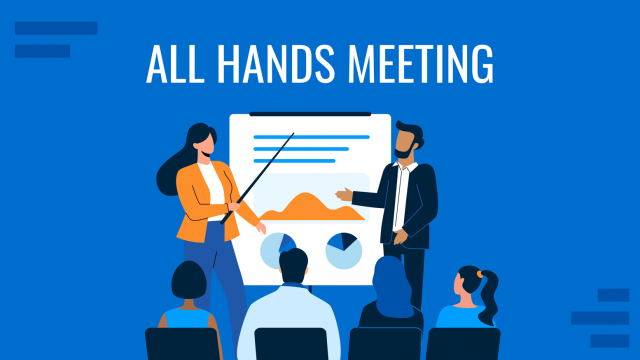
What is an All Hands Meeting?
The proper meeting format can boost your company’s transparency and help employees align with its core values. In this article, we will introduce the All Hands Meeting model and why it’s a resource you should consider from now on.
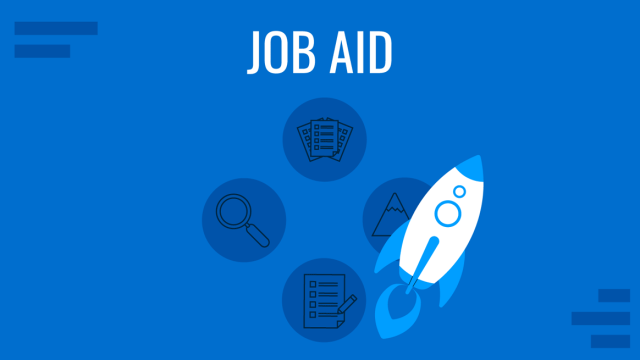
What Is a Job Aid and How to Make One: A Practical Guide
Learn how to properly give guidance to your team to increase their performance through the usage of Job Aids.

How To Conduct a Sprint Planning Meeting and Present Results
Learn how to prepare a sprint planning meeting with ease by mastering the art of sprint planning presentations.
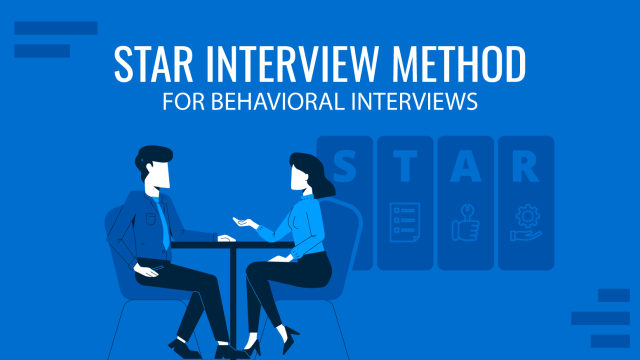
STAR Interview Method for Behavioral Interviews
Learn how to use the STAR Method to ace a job interview.
![How to Implement Kotter’s 8-Step Change Model [With Examples]](https://slidemodel.com/wp-content/uploads/00_kotter-change-model-cover-640x360.png)
How to Implement Kotter’s 8-Step Change Model [With Examples]
Let your organization reach its true potential by embracing the teachings from the Kotter’s Change Model, a roadmap for meaningful transformations.
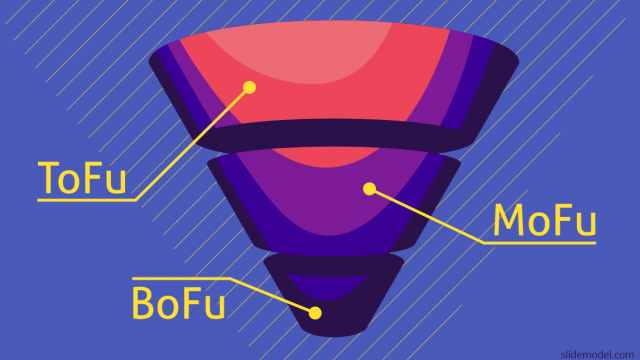
ToFu, MoFu and BoFu: 3 Sales Funnel Stages Explained
When a customer makes a purchase, it can be looked at as a journey. Be it a planned or an apparent random purchase, the customer goes through various hoops before it chooses to buy a product or opts for a service. In marketing, this journey and its relationship with the marketing efforts is modeled as […]
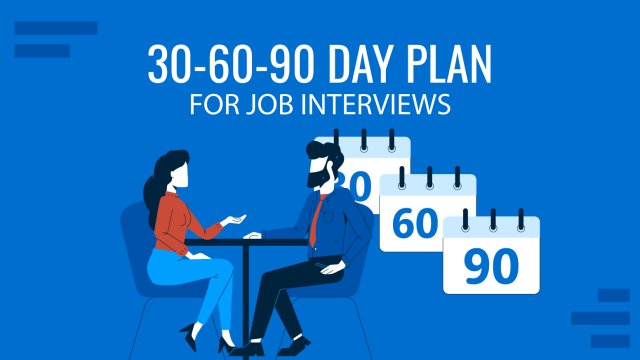
Crafting an Effective 30-60-90 Day Plan for Job Interviews: Examples + Templates
Depending upon the job title, there are various types of plans that one might require making such as perhaps a communications plan or project plan. However, the most common plan one might require making is a 30-60-90 day plan.